Opioids – which include morphine, heroin and name-brand medications like Vicodin – are a class of drugs that bind to receptors in the brain, where they create various effects. Their ability to ease moderate to severe pain gives them a legitimate medical purpose for doctors and their patients, but they also cause a euphoria that increases their potential for abuse.
History of the Opioid Epidemic
In the 1990s, Purdue Pharma – the makers of OxyContin – marketed opioids to health care providers, promising that these medications were safe to prescribe, with minimal risk of addiction. As a result, physicians began to prescribe opioids at greater rates, and people started abusing them, in what the CDC has identified as the first wave of the opioid epidemic.
Unfortunately, thousands of these users went on to lose their lives to opioid overdoses, and in 2017, the U.S. Department of Health and Human Services eventually declared this crisis a public health emergency. However, the damage done to communities nationwide was immense, especially in hard-hit states like Massachusetts, West Virginia, New Hampshire and Ohio.
According to the CDC, the crisis entered its second wave in 2010, with a sharp uptick in overdoses involving heroin – closely followed by the third wave in 2013, when the market for illicit opioids continued expanding to include fentanyl.
The Growing Heroin Problem
Since so many states have enacted stricter laws limiting the prescription of legal opioids, people who depend on these drugs may seek to buy them illegally when they can no longer get a legitimate supply through a doctor. HHS reports that in 2020, 745,000 people in the U.S. used heroin – 50,000 of them for the first time. In the 12-month period ending in June 2020, there were 14,480 heroin overdose deaths.
A heroin overdose occurs when a person uses enough of the drug to produce a life-threatening reaction or death. The most common reason for a heroin overdose is when the user’s breathing slows to a dangerous rate or stops entirely. The resulting lack of oxygen to the brain can have short- and long-term effects, including a coma and irreversible brain damage.
Even if heroin users do not overdose, they can still put themselves at risk of experiencing health issues such as nausea and vomiting, insomnia, severe itching, organ damage, sexual dysfunction and mental health issues like depression.
Women’s-Only Drug Addiction Treatment
Addiction is a chronic disease that requires a lifetime commitment to manage. At Canyon Crossing, we give women struggling with an addiction to heroin or other drugs the tools they need to break their harmful behavioral patterns and achieve freedom from substance abuse.
Features of our Arizona drug rehab include dual-diagnosis treatment, trauma-focused treatment, experiential therapy and holistic care. To learn more, please reach out to us today. We see every day that long-term sobriety is not only possible, but it is also one of the most rewarding milestones any woman can achieve.



